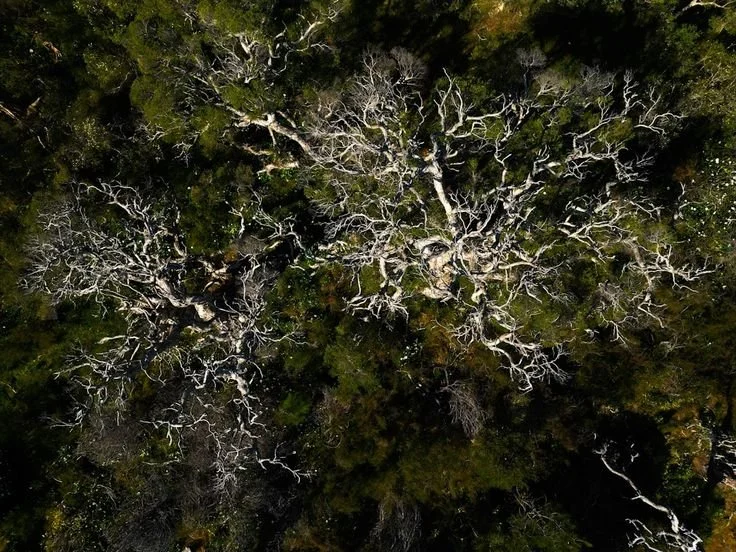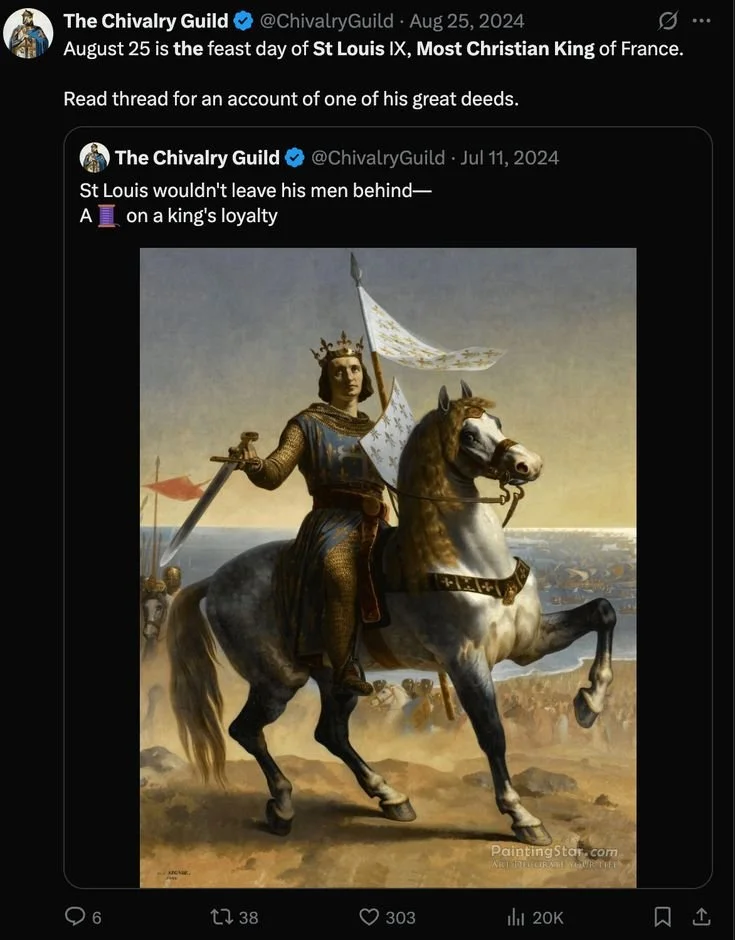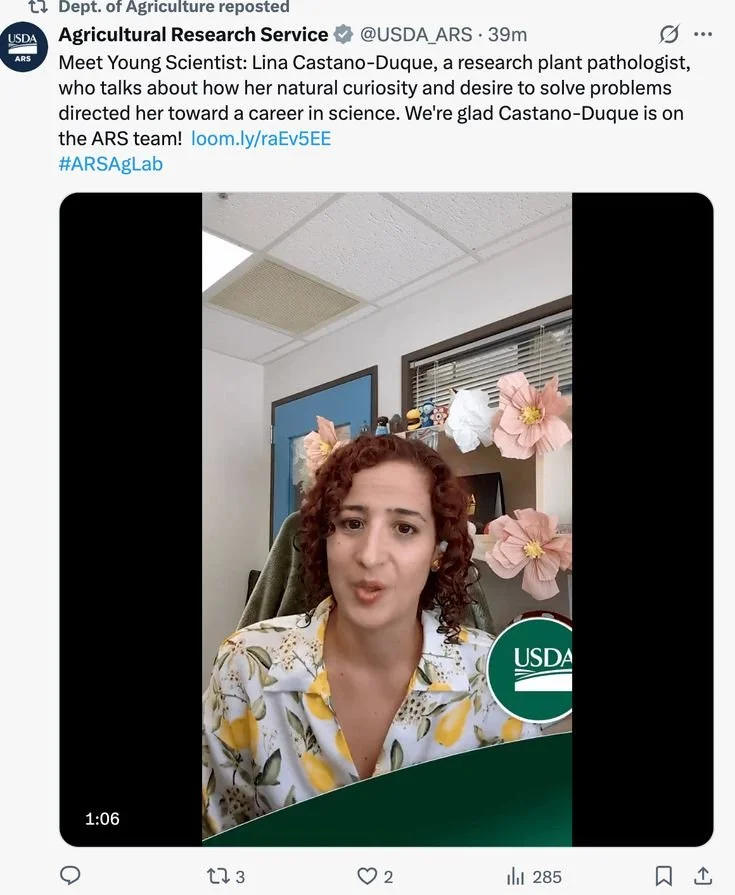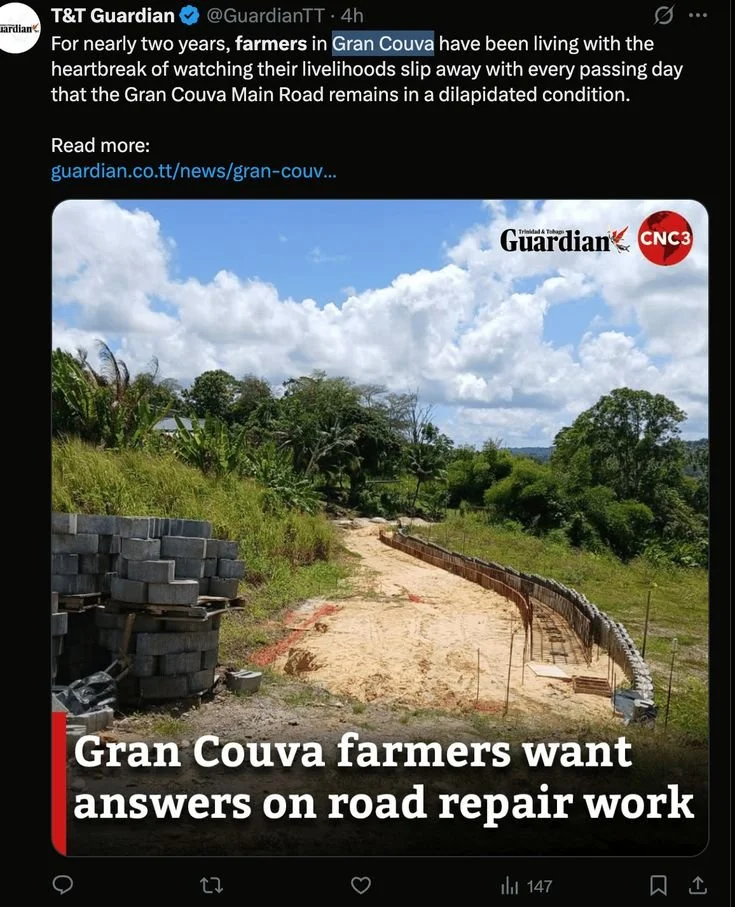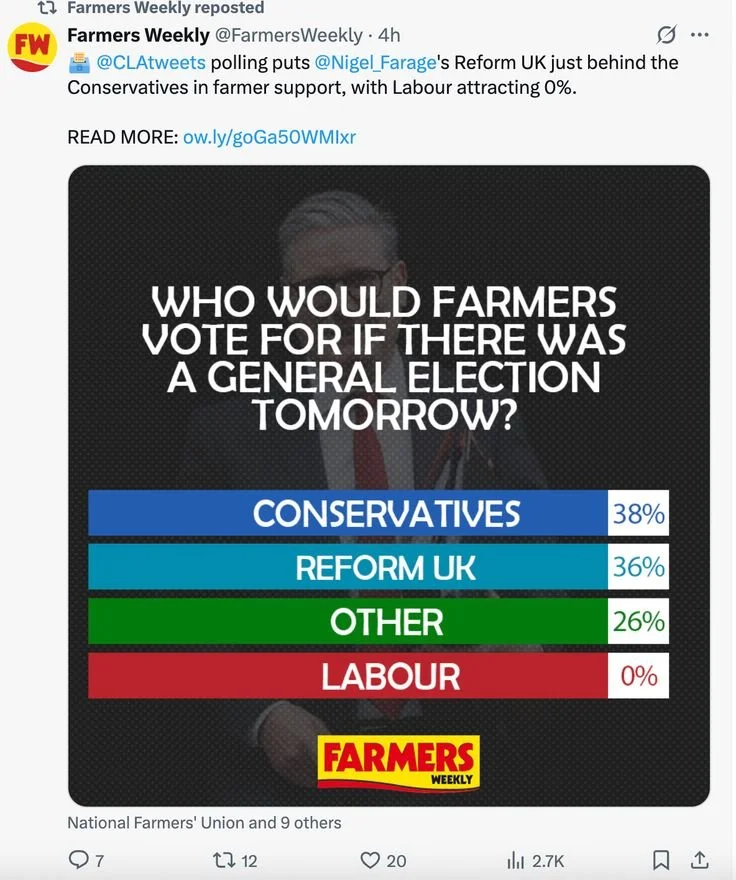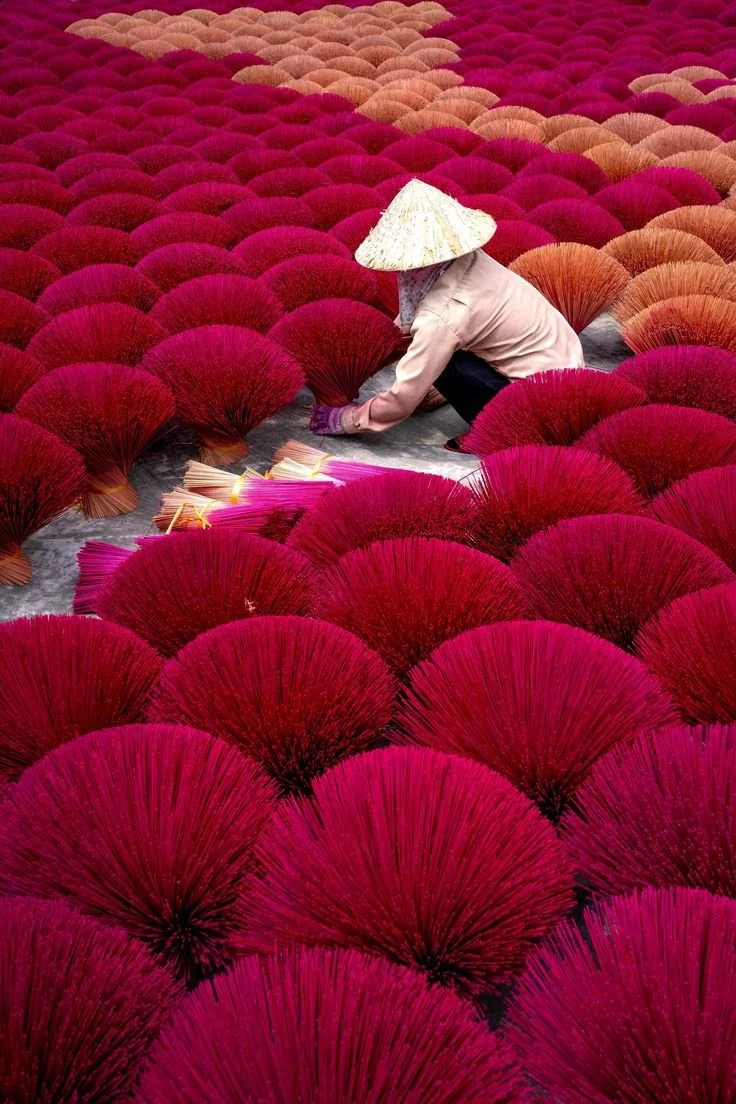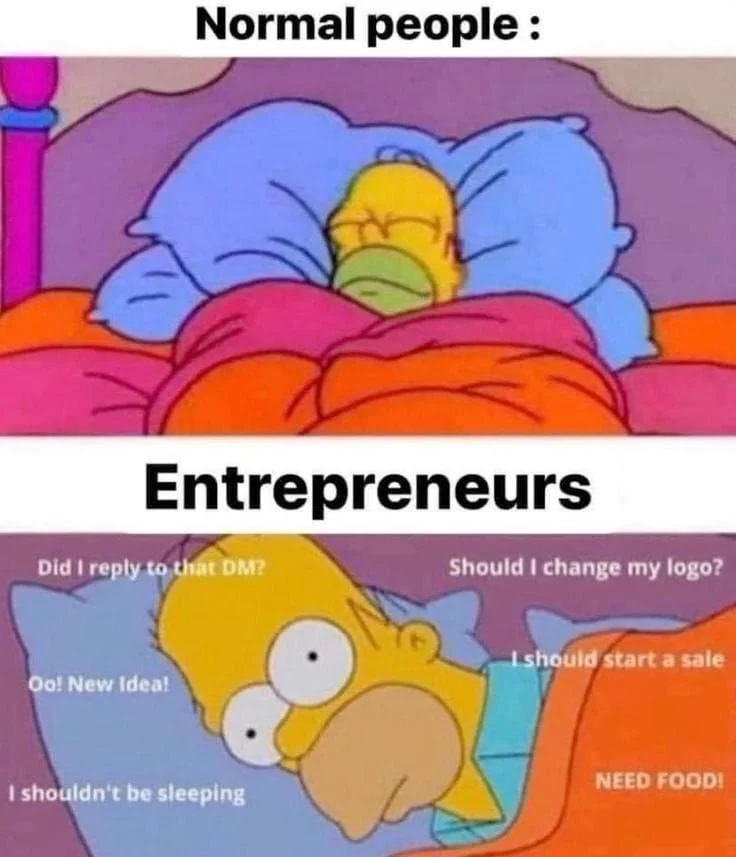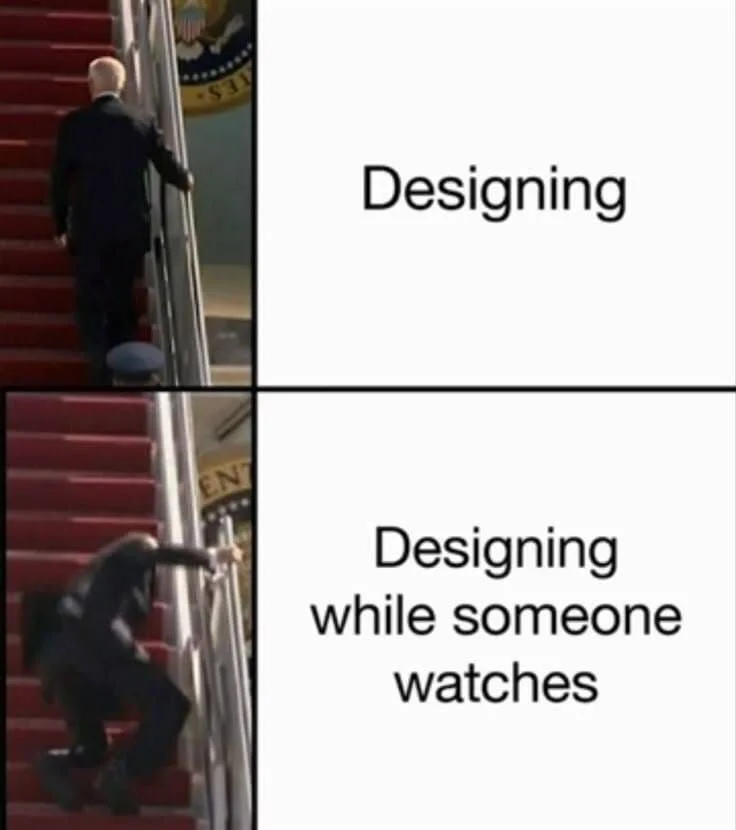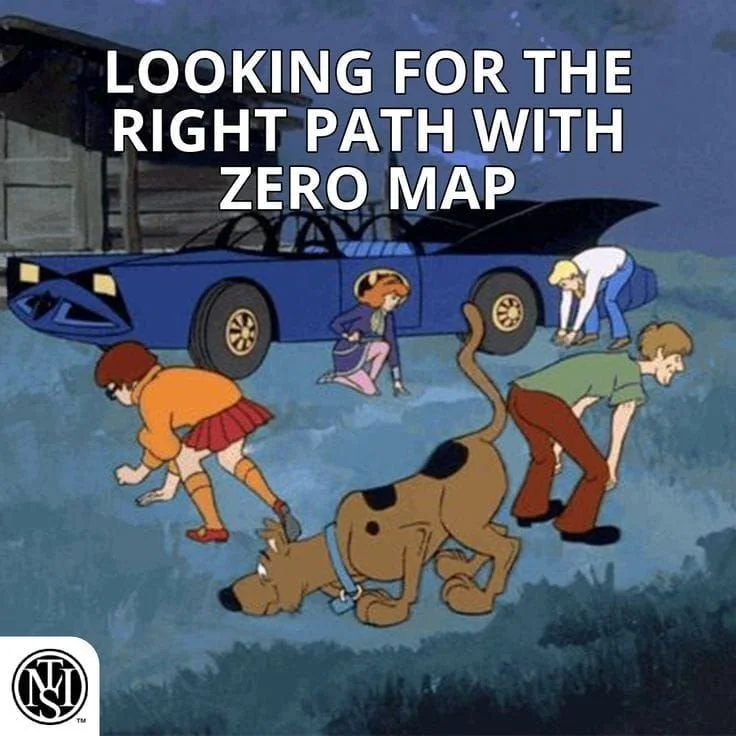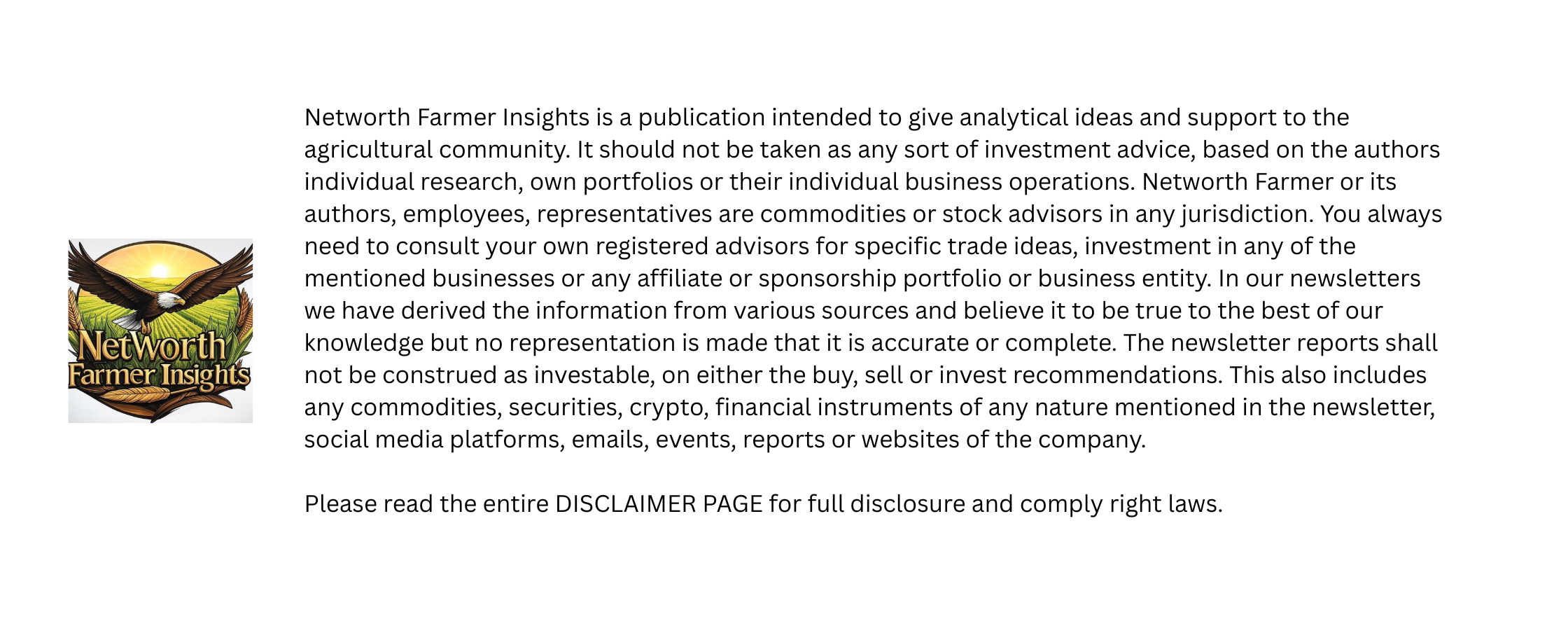Just Imagine
“Sometimes you make the right decision, sometimes you make the decision right.”
🚜 New in AgTech
Strawberries on a Ferris Wheel: What Dyson Farming Tells Us About Europe’s AgTech Future
What if strawberries could grow on Ferris wheels powered by farm waste? In Lincolnshire, UK, Dyson Farming is making that vision a reality. This isn’t another glossy greenhouse with promises of “tech for tech’s sake”. It’s a serious, functioning model of circular agriculture, where energy, water, and nutrients are recycled, and nothing goes to waste. With its vertical strawberry operation, Dyson Farming is showing Europe what controlled-environment agriculture can look like when designed with both engineering discipline and ecological common sense. And for farmers across the continent—whether in Brittany, Bavaria, or the Basque Country—the lessons go beyond strawberries. They touch directly on affordability, efficiency, and alignment with EU sustainability goals.
A Circular System Where Nothing Is Wasted
At the centre of Dyson Farming’s vertical glasshouse, there’s a sleek loop: the energy we use comes from an anaerobic digester that transforms farm waste into heat and electricity. Rainwater is collected from the roof, which is 760 meters high. Nutrients make their way back to the soil when digestate is spread across the nearby fields.
Did you know that pest control is all about the “nothing wasted” principle? They’re using UV robots instead of chemicals and bringing in tiny predatory insects instead of relying on pesticides. Basically, every output ends up being an input for something else.
This circularity isn’t just about smart design; it truly reflects the advocacy of Brussels policymakers regarding the Common Agricultural Policy (CAP). We are discussing energy efficiency, reducing chemical inputs, and adopting climate-smart farming practices. DTyson Farming’s closed-loop model serves as an excellent example of CAP’s green architecture in action.
So, why should we be talking about vertical farming right now?
The vertical rigs, which are like two strawberry Ferris wheels spinning 5.5 metres in the air, really ramp up yields by 250% when you compare them to the usual benches. But you know what really matters? It's all about time. Dyson Farming is shaking things up by planning to produce 1,250 tonnes of UK strawberries each year, extending the season into autumn and even winter, rather than just being a “June thing.”
This is important for European supply chains. Right now, Spain and Morocco are really leading the way in off-season supply. Local, high-flavor strawberries grown using circular energy systems might just shake things up a bit. They could help cut down on food miles, lower transport emissions, and bring fresher fruit to supermarket shelves.
What It Means for Farmers in Various Areas
In France, the Brittany and Loire Valley regions are already at the forefront of greenhouse strawberry production. Taking a modular approach to Dyson’s vertical rigs might just be the ticket for farmers looking to extend their growing season. Additionally, this approach could effectively utilise France’s strong cooperative systems for sharing energy and water resources.
Germany, especially Bavaria and Lower Saxony, is really leaning into biogas. It makes perfect sense to connect anaerobic digesters with vertical farms. Small and mid-sized growers might team up with local energy cooperatives to connect waste-to-heat systems to their compact greenhouses. The Netherlands has some top-notch horticulture, but Dyson’s approach shows that focusing on circularity, not just how much we produce, really helps build trust with both consumers and politicians. It seems like Dutch glasshouses are considering waste-to-energy loops as their next step after implementing LED lighting and CO₂ recapture. Interesting, right?
In Spain, particularly in Huelva and Almería, Spanish growers really lead the way in the winter berry market, but they're facing some serious pressure when it comes to water resources. A closed water system like Dyson's (collecting rain and recycling condensate) might boost resilience and protect exports to Northern Europe.
Finding ways to keep it budget-friendly
Sure, not every farmer can, or needs to, set up a 26-acre glasshouse. But the Dyson model provides ways to scale innovation without needing a Dyson-sized budget:
Why not kick things off with some modular racks? You can increase your yields by using multi-tier benches with drip irrigation, and you don't have to immediately invest in automation.
How about leasing some tech? You can get UV robots, harvesting arms, or even those modular Ferris rigs from AgTech providers, and it’s all available on a per-season basis.
Let's share the load: Cooperatives or machinery rings can come together to share resources and test out controlled-environment systems in their area.
So, when it comes to subsidies, the CAP’s eco-schemes and rural development funds are really focussing on rewarding things like water efficiency, energy recycling, and cutting down on pesticides. That definitely makes vertical farming investments a great candidate for grants or low-interest loans.
Call to Action
Dyson Farming’s vertical strawberry project isn’t just about James Dyson grabbing attention. It's all about showing that we can have circular, efficient, high-yield farming right now—and that it can work well with making money and following the rules.
So, for farmers in Europe, the main point is pretty straightforward:
Begin with some small, circular victories—like collecting rainwater, teaming up with an anaerobic digester, or testing out modular vertical racks.
Think of off-season produce as a special market opportunity, rather than just a risky bet.
Think of CAP’s sustainability incentives as a tool to help you out, not something to trip you up.
The Ferris wheel strawberries are definitely a sight to see, but there's a bigger takeaway here: the future of farming is all about being circular, efficient, and smarter with how we use our resources. Farmers in Europe don’t need to start from scratch—they just have to take that first step forward.
-
What has a lot of teeth but can't bite?
From Fungus to Fashion: Nature’s Tiny Little Miracle
I've been around leather my whole life. The smell of a tannery is familiar to me; it's a strong combination of chemicals, salt, and raw hide. I've felt the full-grain leather's weight and traced the grain of high-quality Italian calfskin. This is an old-fashioned substance. Our sector is stunning, but there's a dark side that goes against the principles of sustainability and circularity held by Europeans.
The Stain on Tradition
It's tough to overlook the environmental impact of traditional leather. It comes from a really intense meat and dairy industry, which means it has a big impact on land use, water use, and methane emissions. Next up is the tanning process itself. To keep a hide from rotting, we use a mix of chemicals, with chromium salts being the most well-known. However, if not handled just right, they can pollute waterways and create health risks. We've been creating beauty through a process that, at its core, isn't sustainable.
What if we could actually grow leather instead of going through the tanning process? Imagine if we could create a material that has all the great qualities of animal hide—like its durability, flexibility, and unique texture—without the environmental impact that comes with it. This isn't some kind of sci-fi dream. Right now, in labs and on farms, people are working with the simple root structure of mushrooms: mycelium.
Photo by Ian on Unsplash
Let's talk about mycelium-it's definitely something we should all be really interested in! Instead of seeing it as a mushroom, picture it as nature’s super-efficient, tiny root network. This living organism is like a masterbuilder, weaving its way through different materials to form a thick, interconnected mat of tiny fibres.
The Farm-to-Fabricry Process
Ecovative and MyCoWorks are examples of modern tanning companies. In terms of biofabrication, their method is remarkable. Rather than spending years nurturing a cow, they make advantage of agricultural waste, including the wood chips, straw, and husks that are plentiful on farms in Europe, as a source of nutrition. They introduce mycelium spores into this garbage and then allow nature to do its thing. A firm mat of mycelium can be formed in as little as a few days in a dark, controlled environment similar to vertical farming; during this time, it will digest the trash. This is more like supervised cultivation than manufacture.
The Superior Skin
After that, the grown mat is plucked and prepared for use. It becomes undeniably leather-like through a process that includes pressing and heat treatment—and most importantly, does not involve chromium tanning. It may be given any texture and appearance by dying, embossing, and finishing it. Because of this, we were able to create a product that is far better than competing options:
Ethical: No animal farming involved.
Sustainable: A fraction of the water, land, and emissions.
Circular: Compostable, turning waste into value and back into soil.
Sowing the Seeds of a New Industry
The implications for us in Europe are really significant. This isn’t just a fresh material; it’s a whole new value chain. Picture this: our local farmers providing not only food but also the essential materials for the next wave of luxury products. This is a real, valuable way to use agricultural sidestreams, helping to create a genuine circular economic model.
Leather is still very much in the game. Things are just shifting. We're making the journey from the tannery to the farm, moving away from chemical vats and into growth rooms, shifting our focus from extraction to cultivation. You, as part of the AgTech community, really understand the incredible potential of biology better than anyone else. Mycelium is not only changing the fashion game; it's also teaching us how to improve the world by collaborating with nature. That's definitely a future we should aim for.
📢 Tweet of The Week
🌍 Fields & Frontiers
The Galileo Mission: On a historic day in August 1989, the Galileo spacecraft embarked on its journey from the Space Shuttle Atlantis, destined for Jupiter. Its mission: to find out the truth about the gas giant and its enigmatic moons. Years later, the data it beamed back would rewrite textbooks. While Galileo arrived at Jupiter in 1995, its most tantalizing discovery unfolded over subsequent years. Scientists meticulously analyzed the spacecraft's magnetometer readings as it made close flybys of the icy moon Europa. They detected something extraordinary. NASA narrates the full story.
World AgriTech Innovation Summit: For the global agritech community, London is the place to be this autumn. The World AgriTech Innovation Summit is back, bringing together the brightest minds, the most disruptive startups, and the largest corporations to shape the future of food and farming. This event is a crucial nexus for deal-making, partnership formation, and high-level strategy discussions. If you are driving innovation in the agriculture sector, here is what you need to know. The summit takes place on the 22nd-23rd of September 2025 at Intercontinental O2 London. To book your place, click here
Egypt’s Sunken Secrets Resurface: Imagine diving beneath the shimmering Mediterranean waters off Alexandria, where ancient history sleeps silently beneath the waves. Recently, Egyptian explorers uncovered three colossal statues—one a majestic sphinx of King Ramesses II—that had been hidden underwater for centuries. These relics tell tales of a submerged Roman city brimming with temples, fish farms, and sacred sanctuaries dedicated to gods long revered. This extraordinary discovery opens a captivating chapter in Egypt’s rich heritage, beckoning curious minds to explore the mysteries beneath Abu Qir Bay. Ready to journey into the depths of time? Dive into the full story here.
Robots Bringing UV Power to Pest Control: Imagine strawberries grown without a single drop of pesticide, thanks to cutting-edge robots patrolling the fields under the cover of night. In California, TRIC Robotics has unleashed Luna, a fleet of autonomous robots armed with ultraviolet (UV) light and high-powered vacuums that zap pests and pathogens chemically free. These tractor-sized helpers move precisely through rows of strawberry plants, reducing the need for harmful sprays while cutting labor costs and improving crop health. By combining robotics with UV technology, TRIC offers a bold step toward sustainable, data-driven farming that responds to consumer demands for cleaner food. Dive into how this innovative approach could redefine pest control and open new horizons for speciality crop growers worldwide. For those curious to see how innovation meets agriculture in the strawberry fields of the future, visit Future Farming.
There Goes the Neighborhood: In 410 AD, the Visigoths, under King Alaric, managed to break through the walls of Rome and spent three days sacking the city. This event was a huge shock that really shook the empire's belief in its own strength and sped up its decline. On the flip side, the St. Bartholomew's Day Massacre in 1572 was a terrible event of religious violence in France. Catholic mobs and authorities went after thousands of Huguenot (Protestant) citizens in Paris, which led to a surge of violence across the country. The sack of Rome was an outside military loss caused by a foreign force, whereas the massacre was a deliberate internal cleanup during the French Wars of Religion. Both events really highlight the deep issues of civilisational collapse and the harsh realities of sectarian brutality. The 410 event is commonly seen as the starting point of the Dark Ages in Europe. If you want to dive deeper into the intricate history of these periods, check out this collection of resources from the World History Encyclopedia.
💡 A Thought For Friday
Farm Lessons From an Artist
Similar to Vincent van Gogh's approach, agribusiness decision-making requires a unique blend of art and science, demanding imagination, resilience, and keen attention to detail. Van Gogh's artistic path teaches us lessons that extend beyond the realm of painting. It inspires new ideas and leadership in areas like agtech.
Vincent van Gogh was determined to succeed despite facing many personal problems and societal doubts about his abilities. Once, he declared, "I am searching for it, I am working hard for it, and I am fully committed." SSuch constant dedication teaches us, as agribusiness leaders, the value of persistence. Success in agtech innovation requires consistent effort, experimentation, and learning, particularly when encountering setbacks or hurdles.
Van Gogh's unique style, which many others did not understand during his lifetime, stemmed from embracing his own distinct perspective. In agtech, it takes a similar kind of bravery to try out new technology or ways. You must have confidence in new ideas and avoid allowing outdated beliefs to hinder progress. in the way. Innovation thrives when we encourage sincerity and daring exploration.
Van Gogh also stressed that people should work hard all the time instead of waiting for inspiration. He said, "Great things are done by a series of small things brought together."
Photo by Quang Nguyen Vinh
Long-term change in agriculture comes from minor breakthroughs and careful observation that lead to incremental progress
Finally, Van Gogh's art beautifully illustrated the emotional depth behind his work. TThis statement reminds agtech leaders that making decisions involves not only science but also passion and connection-specifically, understanding the land, the people, and the future of food.
European agribusiness may prosper by embracing resilience, honesty, constant effort, and passion. Agribusiness decision making entails blending the art and science of decision-making much like Vincent van Gogh created his masterpieces that continue to inspire generations.
-
A comb

